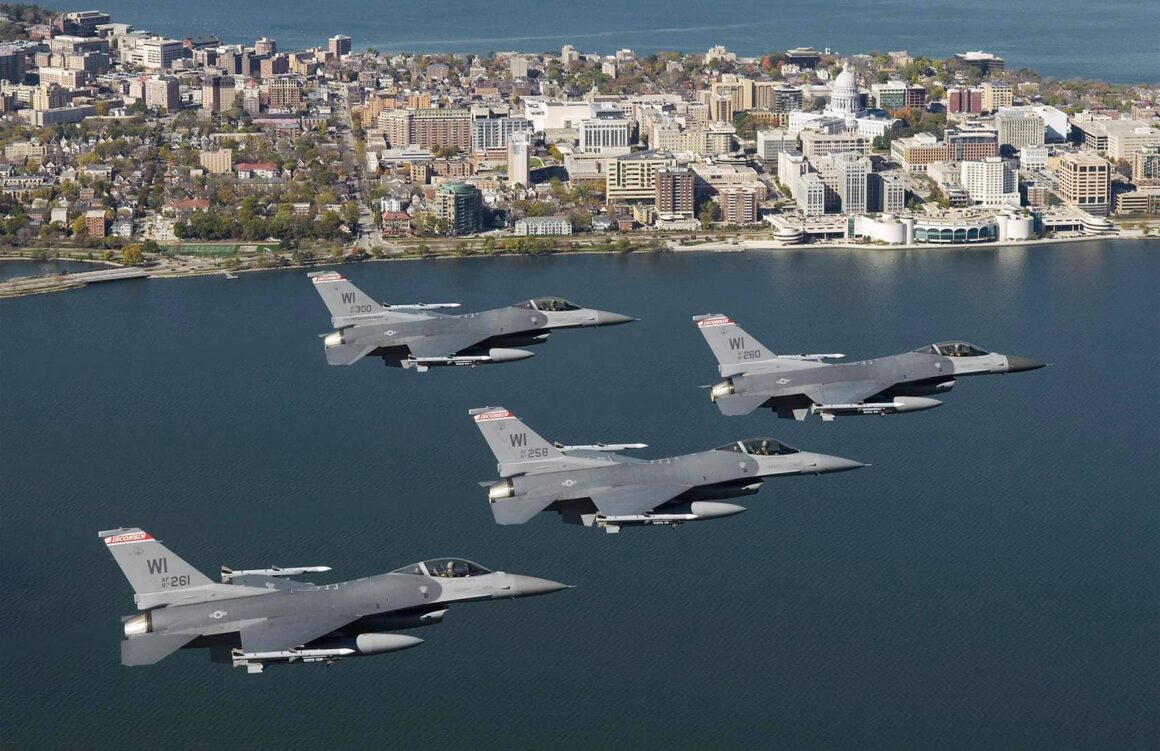These Videos Capture Air National Guard Units Beating Up a Wisconsin Target Range
Hardwood Air-to-Ground Weapons Range (R-6904), near Finley, WI is one of fourteen Air National Guard (ANG) bombing ranges located throughout the United States. The entire facility is under the operational control of the Air National Guard as part of the Volk Field Combat Readiness Training Center located near Camp Douglas, Wisconsin. This footage, shot during at the range during 1992, captured 124th Tactical Fighter Squadron (TFS) of the Iowa Air National Guard (ANG) Ling-Temco-Vought A-7D and A-7K Corsair IIs based at Des Moines Air National Guard Base (ANGB). The video was uploaded to YouTube by At The Fence 111. Listen for the brrrrttttt!
Part 1
[youtube id=”QsuM2DfrW4M” width=”800″ height=”454″ position=”left”]
The mission of Hardwood Range is to provide air-to-ground weapons delivery and threat awareness training for combat aircrews through the presentation of a variety of realistic target arrays and use of several types of threat emitter systems. In this second video, also uploaded by At The Fence 111, captured 110th Tactical Fighter Group (TFG) Fairchild Republic A-10A and OA-10A Warthogs of the Michigan ANG based at Battle Creek ANGB in Michigan, 115th Fighter Wing (FW) F-16s of the Wisconsin ANG based at Truax Field ANGB, more A-7Ds from the Iowa ANG, and even some Boeing B-52G Stratofortresses from the 410th Bombardment Wing (BW) out of K.I. Sawyer AFB in Michigan. More bbbbrrrrrrttt!
Part 2
[youtube id=”4OnPeKFyRnM” width=”800″ height=”454″ position=”left”]
The third video from At The Fence 111 was shot during August of 1992 and features A-10s from the 442nd FW of the Missouri ANG out of Richards-Gebaur AFB, A-7Ds from the 185th FW of the South Dakota ANG based at Sioux City ANGB, and 175th FS of the 114th FW F-16s of the South Dakota ANG based at Joe Foss Field ANG Station near Sioux Falls. Even more BRRRRRRTTTTT!
Part 3
[youtube id=”7Y2Rna83kqY” width=”800″ height=”454″ position=”left”]
History of the Range
According to the Air National Guard, construction for the range began in 1954 and the first aircraft began using the range in 1955. Since that time, Hardwood has continued to expand to meet the flying requirements of the ANG. Its day-to-day users include ANG units from Illinois, Iowa, Minnesota, South Dakota, Michigan, and Wisconsin, as well as Air Force Reserve units from Indiana, Illinois, Minnesota and Wisconsin. Active Duty Air Force bomber units from throughout the United States also use Hardwood Range, as do Army, Army National Guard and Reserve, Navy, Marine Corps, and occasionally Canadian Forces aircraft. The range is used on a priority basis by flying units deployed to Volk Field for training. Special testing for the F-15E “Strike Eagle” fighter, plus a special Department of Defense Joint Camouflage, Concealment and Deception (JCCD) evaluation were conducted at Hardwood Range. The facility has also been used for Operational Test and Evaluation of the F-15K (used by South Korea) and F-15SG (used by Singapore.)
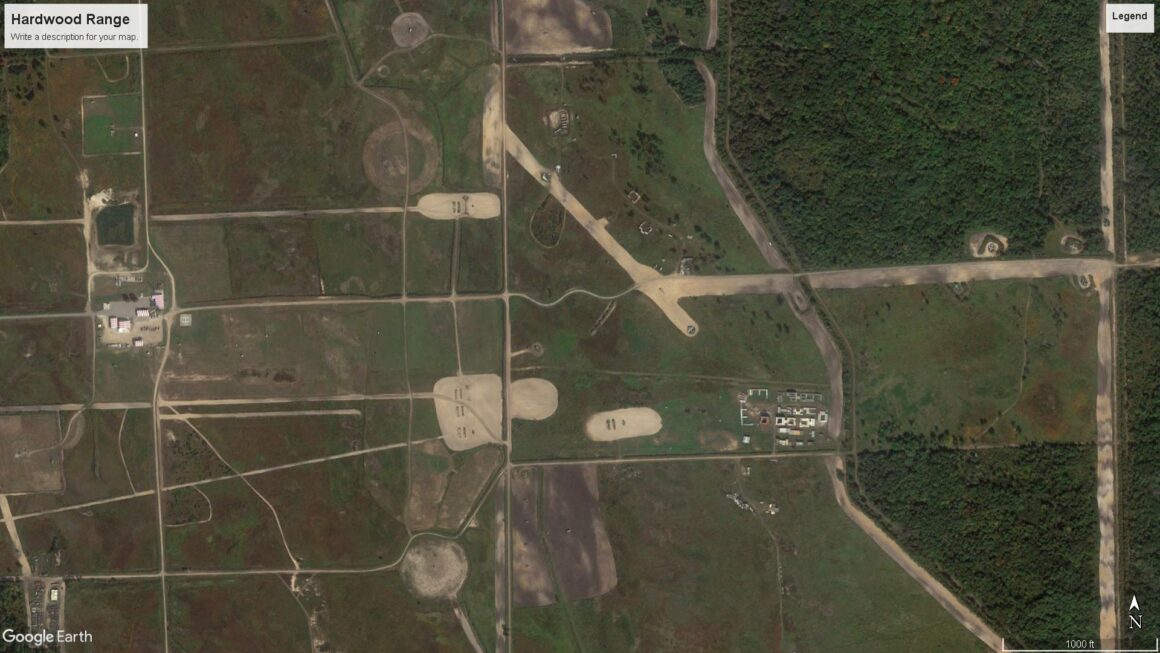
Target Complex Composition
The targets are arranged in three areas north, south and east of the support facilities. In addition to conventional bomb circle targets, simulated tactical targets include vehicle convoys, a SCUD missile launcher, aircraft in revetments and on runways, a mobile command post, fuel storage tanks, main battle tanks, bridge, radar installations, anti-aircraft sites (including a Soviet-style six-pointed star-shaped surface –to-air missile target), and a tank approved for inert LGB deliveries. In addition, an urban target complex is available and has proven very effective at supporting both Joint Terminal Attack Controller and aircrew Close Air Support training.

Things That Go Boom
Munitions employed at the range are inert or practice ordnance. High explosive and white phosphorous munitions are not authorized. Practice ordnance includes 25-pound BDU-33 or BDU-48 bombs that have a spotting charge which releases a cloud of smoke on impact. Mk-82/BDU-50, 500-pound and Mk-84, 2,000-pound bombs are also used on some targets. These inert bombs are dropped either in Snakeye or Slick configurations. In either case, their weight creates enough splash (dirt spray) to be easily spotted without using an explosive charge. The addition of a LGB target allows inert GBU 10/12 drops for laser guided bomb employment.
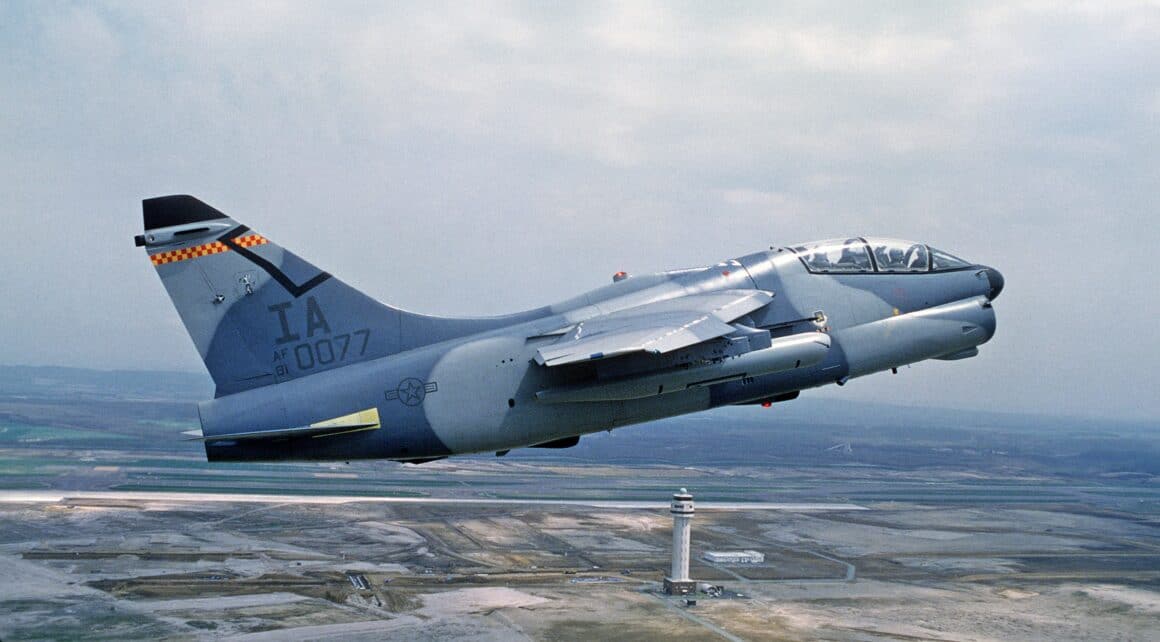
Things That Go BRRRTTT!
Bombs and rockets are scored visually using spotting scopes located in the flank and main towers. The flank tower observers relay the observed scores to main tower where the coordinates are entered into the computer and the score calculated in meters and degrees from the target. The score is relayed to the pilot for immediate reference and recorded for delivery to the pilot’s unit. Forward-firing ordnance from aircraft includes 7.62mm and .50 Cal. machine guns and 20mm or 30mm cannons. These may be scored optically or acoustically. All use non-explosive ammunition. Depleted uranium rounds are not authorized for use on the range.
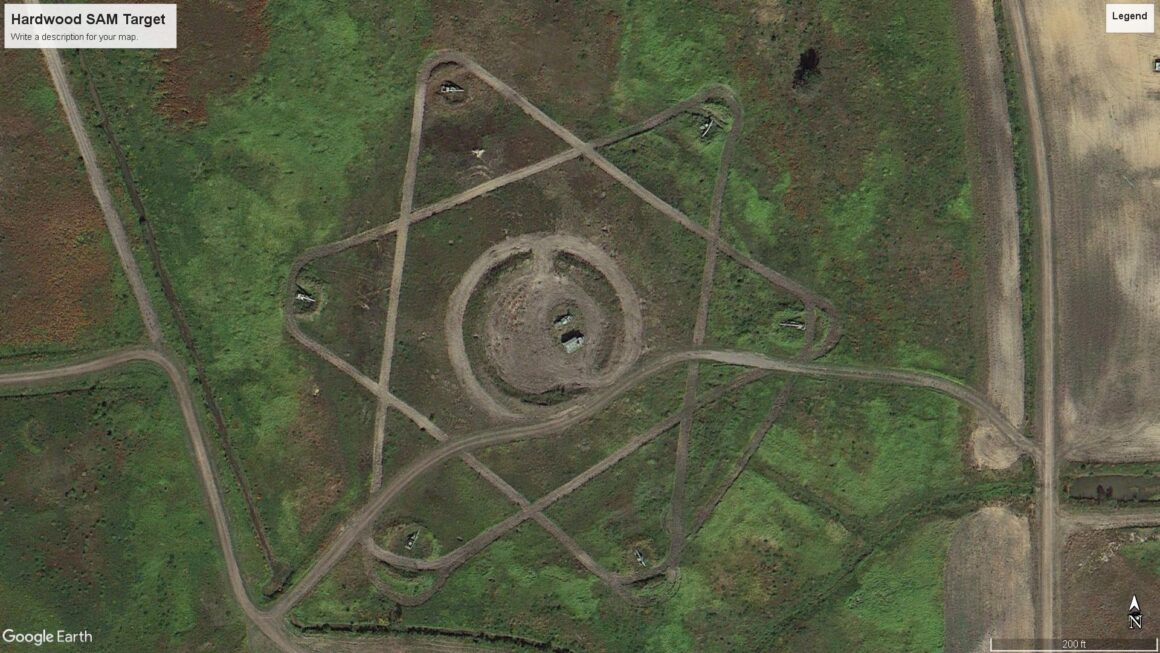
Threat Simulation on the Range
Hardwood Range is capable of providing a range of simulated threats to aircrews. The range has small, tactical threat emitters that look like a small radar dish. They emit electronic signals simulating different threats such as surface-to-air missiles, anti-aircraft artillery, and radar tracking devices. Two Smoky Sam simulators are also available. These are launch platforms for Styrofoam rockets, which give a visual indication of a surface-to-air missile fired at the aircraft. The range also has three Unmanned Threat Emitters Systems (UMTES). The UMTES are controlled at Volk Field and provide realistic threat signaling and tracking of a variety of radar-guided threats.
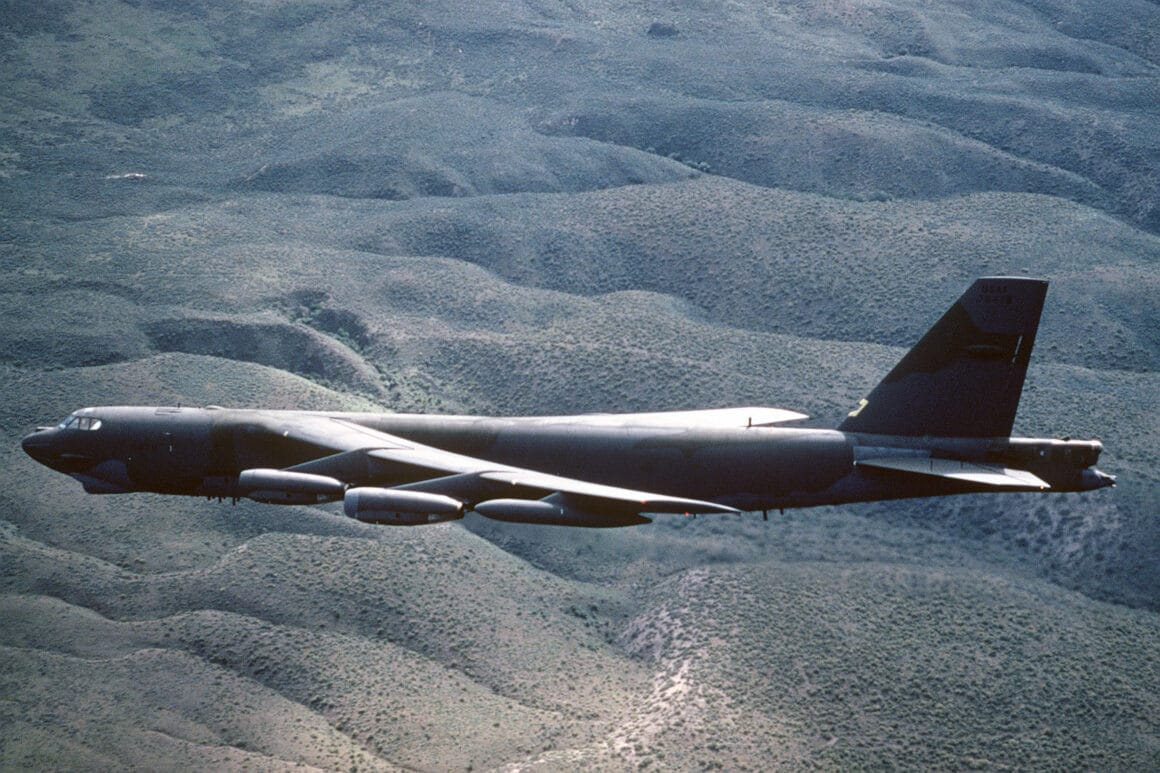
Doing the Night Thing
For night missions, the conventional bomb circle on the south portion of the range may be illuminated. The range also has night vision equipment for covert night operations. A new Special Operations Forces Laser Acquisition Marker (SOFLAM) laser system allows ground laser designation on approved Hardwood range targets.
